In Memory of Jurist Professor Qiu Shao-heng
Today is the 10th anniversary of the death of Qiu Shao-heng – a famous Chinese jurist professor. We dedicate this article to the memory of him.
Together with the earlier Nuremberg Trials, the Tokyo Trials set an epoch-making precedent in world history of punishing the perpetrators of war. In the verdict of the Tokyo Trial Court, two chapters were specifically used to make the judgment entitled "Attack on Nanjing" and "Nanjing Massacre", which sealed the verdict for the crime of Nanjing massacre committed by invading Japanese troops.
Chinese judge Mei Ru-ao and prosecutor Xiang Zhe-jun and others had contributed a lot during the Tokyo Trial and made great achievements for later generations. Professor Qiu Shao-heng, a famous Chinese jurist, was the first secretary of Xiang Zhe-jun during that trial. He also made great contributions in collecting evidence of the Nanjing Massacre by Japanese invaders.
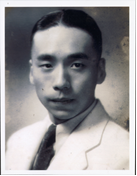
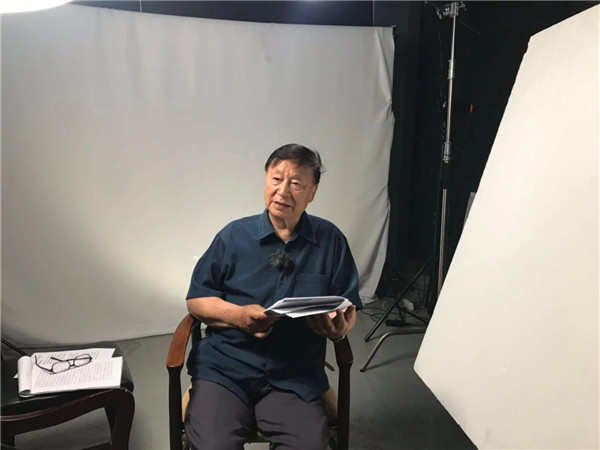
"Father loved music when he was young, but he didn't think it was to be a lifelong career. He was interested in law and good at it from an employment perspective. After graduating from high school, he was admitted to Soochow University, and spent two years in Suzhou and three years in Shanghai."
Qiu Shou-yi learned from his elders that his father studied very hard in the university and was especially good at English. “He had never been to the United States for even one day, but when he spoke English, he would be mistaken for an American if only he was heard." Before he graduated, Qiu Shao-heng was admitted to a law firm in Shanghai concession and engaged in Anglo-American law litigation.
During that period, Qiu Shao-heng accumulated a lot of practical experience in British and American courts. He often communicates with British and American legal professions in English.
On August 15, 1945, Japan declared its unconditional surrender. On January 19 , 1946, the International Military Tribunal for the Far East was established in Tokyo, Japan. Mei Ru-ao and Xiang Zhe-jun were respectively appointed by the then National Government as judge and prosecutor of China. Due to the complicated affairs that the Tokyo Trial involved, Xiang Zhe could bring a secretary according to the court rules. The secretary is expected to be familiar with the Anglo-American legal system and to be well-groomed. Recommended by professor Liu Shi-fang of Soochow University, Qiu Shao-heng in Shanghai met all the requirements. "That was a time when the country needed talents. That was for the country and for the people. My father agreed," Qiu Shou-yi said.
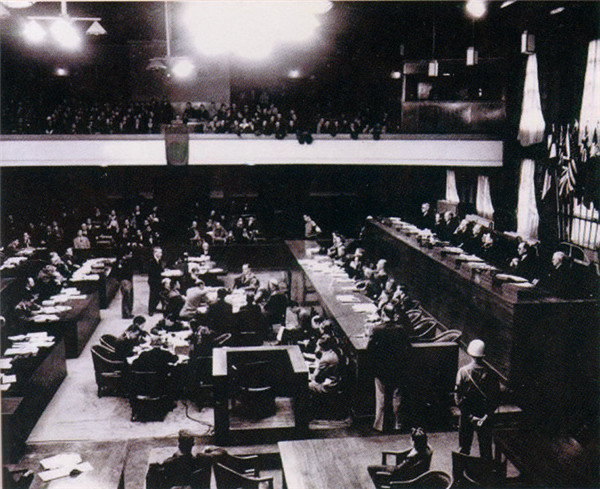

Upon their arrival in Tokyo, the two handed over to the international prosecutors' office a list of 11 war criminals identified by the Chinese government.
"At that time, the American lawyer Joseph Keenan was the chief prosecutor of the International Military Tribunal for the Far East. He demanded that China produce evidence." Thus, in March and April 1946, Xiang Zhe-jun and Qiu Shao-heng frequently returned to the former enemy-occupied areas and went to refugees who had suffered from Japanese invasion and persecution to look for witnesses and material evidence. Because China did not pay attention to collect and retain evidence during the war, and meanwhile, the Japanese military strictly guarded their military secrets and destroyed a large number of criminal evidence after surrender, making their collection a very difficult process. Eventually, Qiu Shao-heng tracked down Nanjing Massacre survivors Shang De-yi and Wu Chang-de, and history professor at University of Nanking Miner Searle Bates, who is also an American international friend.
Qiu Shou-yi said that his father came to Nanjing with two U.S. prosecutors. "They posted placards outside the Nanjing Supreme Court, calling on survivors and witnesses to come forward and submit complaint materials. At that time, the courthouse was crowded with complainants every day, and more than 10, 000 copies were handed in. The U.S. attorney knew nothing about the Chinese language, and my father had to pull all-nighters to select the most representative documents and conduct field research by asking them how they were persecuted by the invading Japanese army, recording their testimony, asking the survivors to sign on the spot as well as the two U.S. prosecutors, so as to confirm that the Nanjing Massacre is a fact and to prove that the material is real."
The witness testimonies and other evidence they provided to the court were heaped up to a foot high. Qiu Shao-heng selected five to six witnesses who best reflect the atrocities of Japanese soldiers, including Wu Chang-de and Miner Searle Bates, and took them to the International Military Tribunal for the Far East in Tokyo to testify, laying a solid foundation for the trial.
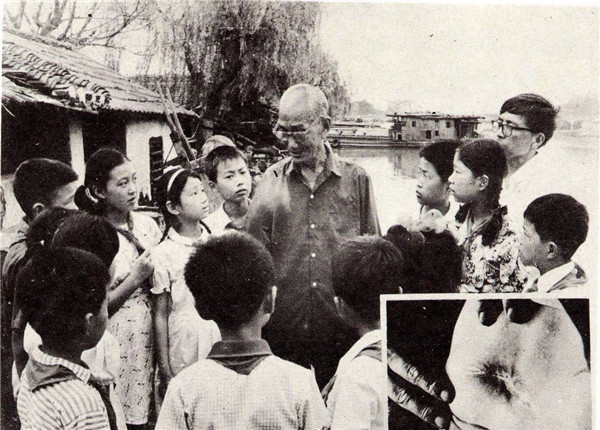
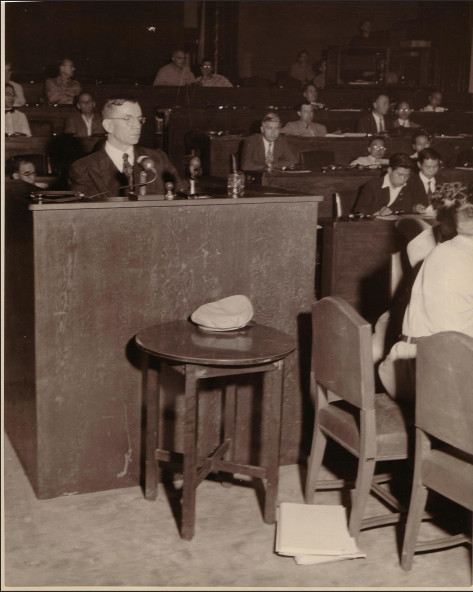
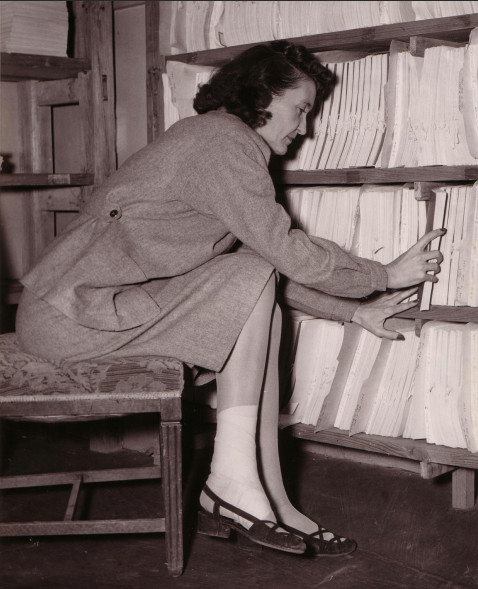
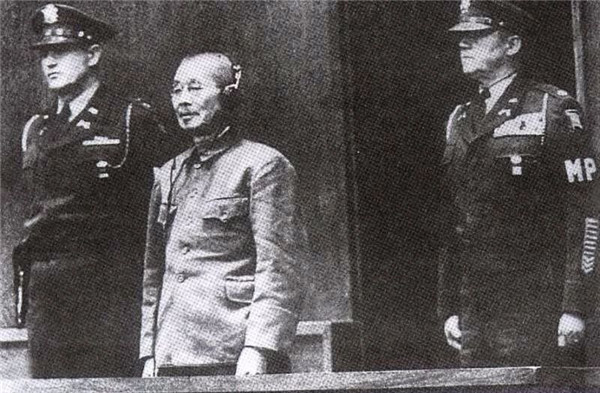
3. Persuaded Puyi to Testify & Found out Japanese Major Spy
Kenji Doihara is a major Japanese spy, planning and supporting the "Manchukuo" (Japanese puppet regime in Northeast China), but this person is used to planning behind the scenes and stealth activities. China brought a case against him, but there was no evidence. Qiu Shao-heng searched for evidence in the Tokyo Toshokan and other places, but mostly failed.
One day, Qiu Shao-heng learned from the U.S. that the international investigation team had some files of the Japanese Foreign Ministry obtained by the U.S. military. Then, he went to the reference room whenever he could to consult archives, in the hope that material of a few concerned Japanese war criminals might be discovered. A black American custodian was friendly and often accommodating. Qiu Shao-heng then found a telegram sent by Tajiri, former Japanese consul-general in Tianjin, to the Japanese Foreign Ministry. The content of the telegram was that Kenji Doihara told Taijiri the secret detention of Puyi to Tianjin, and asked Taijiri to wait for Puyi’s arrival and immediately secretly send to Dalian, then transfer to Shenyang, to establish the so-called "Manchukuo". This important telegram confirmed that Puyi was the puppet emperor of Japan and provided favorable evidence for the crime determination of Kenji Doihara.
Still, when chief prosecutor Joseph Keenan met Qiu Shao-heng, he said that with the secret telegram of Kenji Doihara found, if would be much better of Puyi can personally testify in court.
Puyi was then under the Soviet army’s control. After the request made by the United States, the Soviet inspection team agreed to send Puyi as a witness from the Soviet Union to Tokyo, live in the Soviet embassy, and watched over by the Soviet army guard. According to the international inspection team, only five people in the Military Tribunal had the right to meet with Puyi, and only Qiu Shao-heng is on the Chinese side. Qiu Shao-heng and the U.S. inspectors visited the Soviet embassy several times for meeting Puyi and to collect evidence.
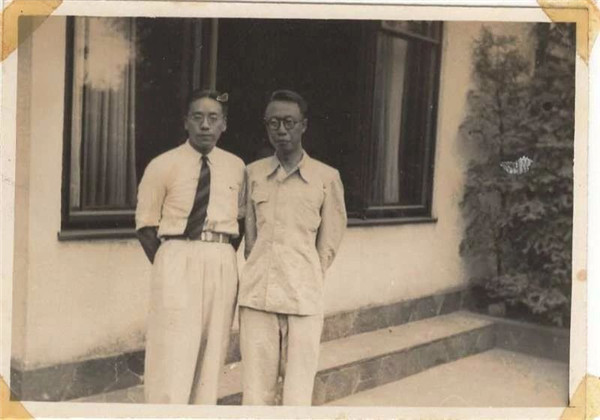
"When he first saw me, seeing that I was Chinese, he was so scared that he thought the Chinese would try him as a traitor. I told him that he had come to Tokyo as a witness to prove how the Japanese used him as a puppet to invade China. He was skeptical at first, but when I went to prison more often and the bailiffs with us were not listening to our conversations, he gradually relaxed and finally offered to cooperate." Qiu Shao-heng recalled in an interview with the media.
Beforehand, Qiu Shao-heng anticipated the craftiness and rhetorical questions from the defendant's lawyer, and to cope with this, he prepared Puyi many times with training. Because of the full preparation, Puyi was calm and methodical in the court, mentioned a variety of humiliation with anger and grief. Puyi appeared in court for eight days, making him the most frequent witness at the Tokyo trial with the longest court appearance.
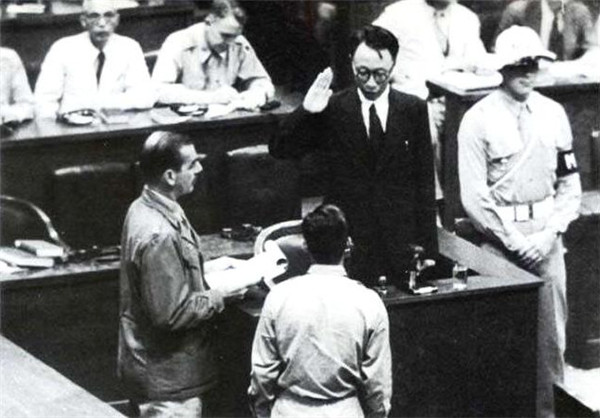
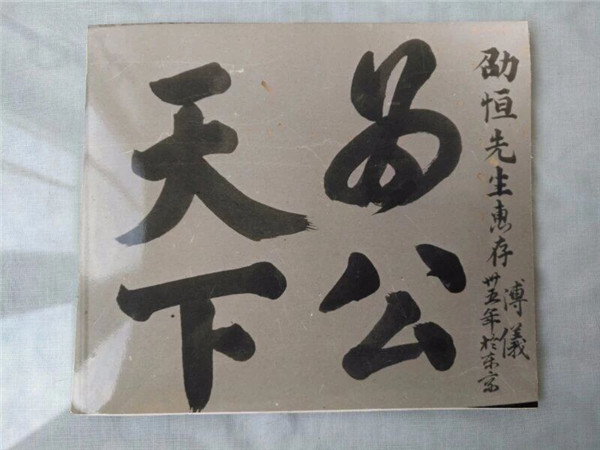
In the early days of the Tokyo Trial, the United States performed all court appearances involving China. According to Qiu Shao-heng’s recollection, chief prosecutor Keenan had invited him and Xiang Zhe-jun, saying that China, as the biggest victim country, should appear in court on its own. One day, the international inspection team informed Qiu Shao-heng to go to the meeting, only to find that all the prosecutors of the inspection teams were present, and he was appointed assistant prosecutor by Keenan to appear in court on behalf of China.
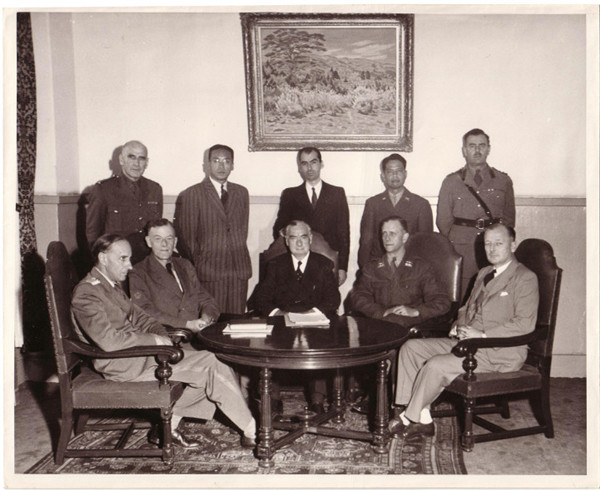
Qiu Shao-heng immediately asked the head of the Chinese delegation, judge Mei Ru-ao, who gave him full support and asked him to put the country first. For winning credit for the country, he devoted himself to preparing for the court appearance.
On August 28, 1946, the international court of justice formally held the trial of Japanese economic aggression. This was the first time for a Chinese to appear in court before the International Military Tribunal for the Far East, and it had drawn extensive attention at home and abroad. Qiu Shao-heng thought carefully in the court, and his English was perfect, which greatly boosted the morale of the Chinese people and won unanimous praise. Foreign media exclaimed: "China’s got talent. Chinese people are not easy to deal with."
In September, 1946, the court proceedings of the Chinese side completed the established procedures. On the second day after the completion, Qiu Shao-heng submitted to prosecutors Xiang Zhe-jun the resignation of his secretary and assistant prosecutor, and asked them to convey it to the Ministry of Foreign Affairs, which was approved soon. Qiu Shao-heng later returned to Shanghai to practise law.
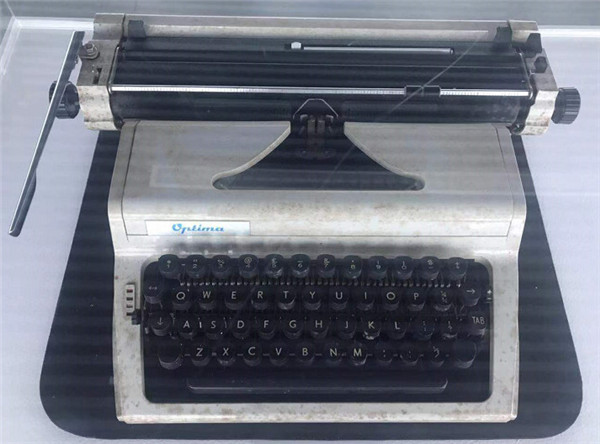
5. Practise What He Preaches to Children – “Work with Undivided Dedication”
In 1961, Qiu Shao-heng joined the faculty of Shanghai Institute of Foreign Trade. He was the deputy head of the institute from December 1981 to January 1984 and has been the Honarary President ever since. He often told his students, "Studying law is not only reciting, but to put it into practice. You have to know the core of the law. It's about evidence. It's about justice. It's about conscience."
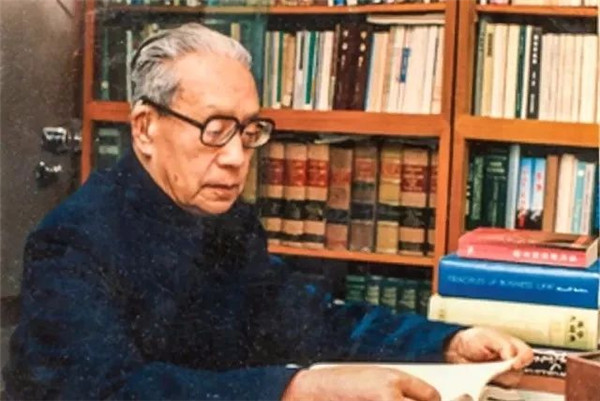
In Qiu’s career, he had also served as an adviser to the Supreme People's Court on the trials of the Lin Biao and Jiang Qing counter-revolutionary group; and as a member of the drafting committee for the basic law of the Hong Kong special administrative region, contributing much valuable work to the implementation of the "one country, two systems" policy and to the return of Hong Kong and Macao to the motherland.
According to his eldest son Qiu Shou-yi, his parents were alumni of Soochow University, and his mother was one grade younger than his father. They had four children. Qiu Shou-yi graduated from Wuhan Institute of Water Resources and Electric Power (later incorporated into Wuhan University). The second daughter graduated from Shanghai Institute of Foreign Languages and stayed on as a teacher. The third son is the chief pianist of Shanghai Symphony Orchestra. The youngest daughter was once an youth intellectual in Anhui Province, and then entered with her own efforts to work at Shanghai Garment Export & Import Company.
“Family was all taken care of by mother, and my father focused on his career. He asked us to focus on working with undivided dedication, not on fame or fortune, not on entanglements, not on chattering, since those would not get anything done," Qiu Shou-yi said.
In 1993, the 80-year-old Qiu Shao-heng visited our Memorial. "He wore a thin sweater and came to the Memorial for an event. He lived in my hous, which is not very far from the Memorial. He told me a lot of stories – about him attending the Tokyo Trial and investigating the Nanjing Massacre. He sat in front of me and spoke just like a living fossil," Qiu Shou-yi recalled.
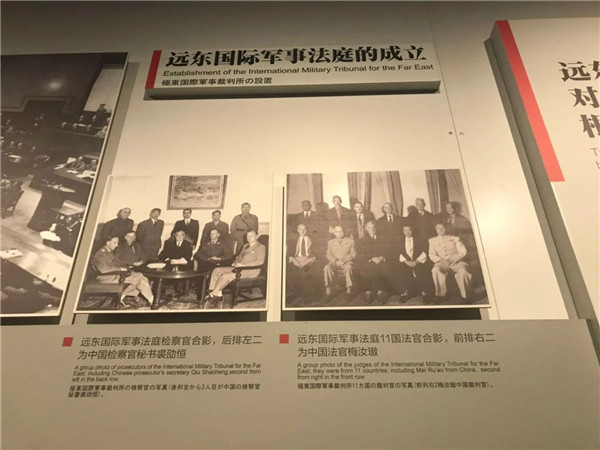
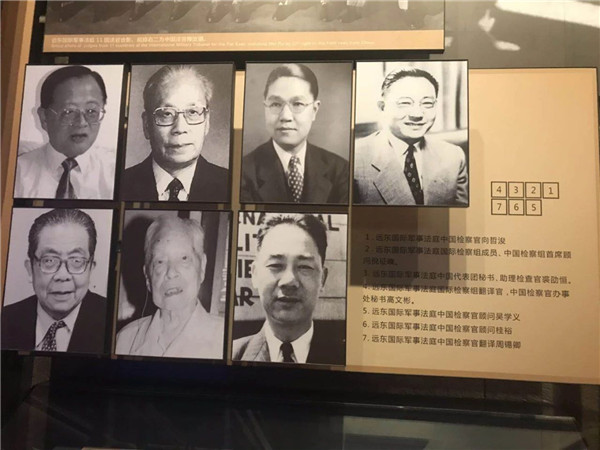
Proofreaders: Li Ling, Zhao Yin-han
Interviewers and Editors: Wei Yun-lan, Yu Yue-hua
Signer and Issuer: Ling Xi
Special thanks to Mr. Qiu Shou-yi for providing some of the photos


